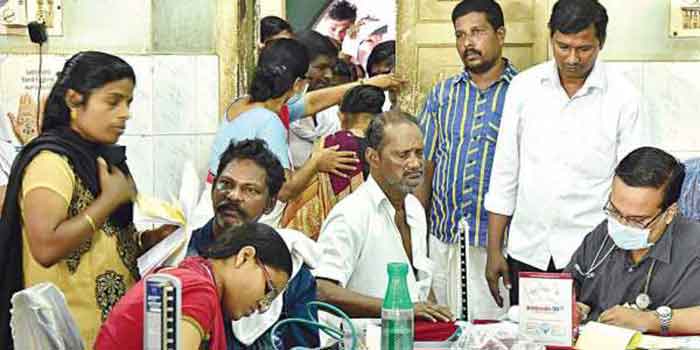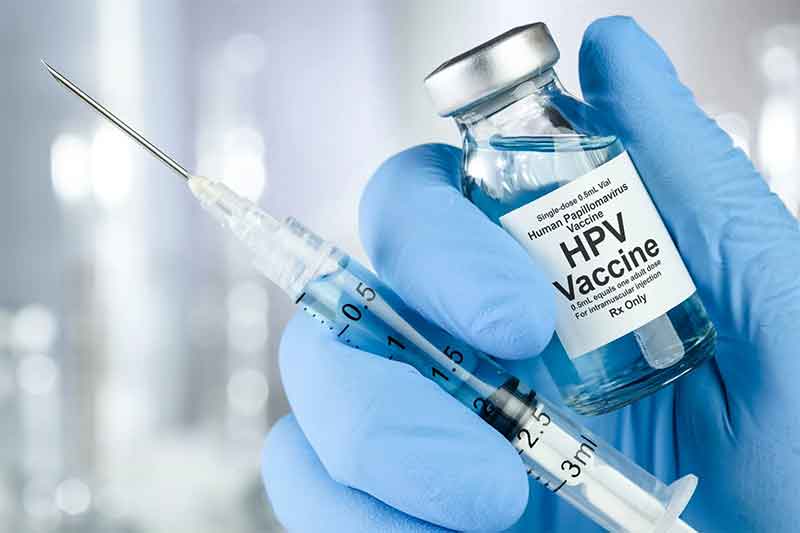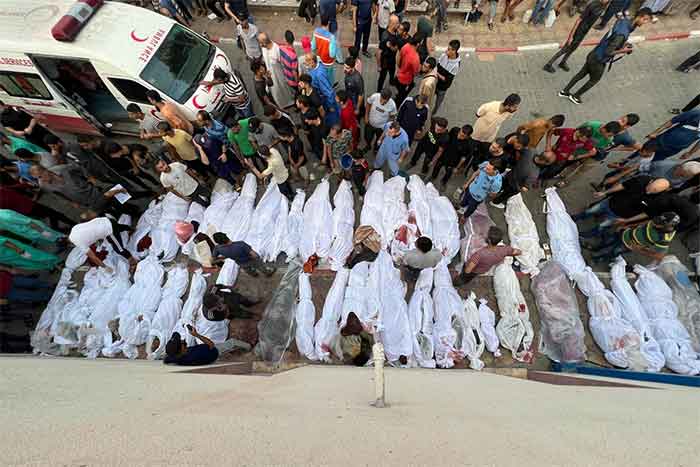
A lot had already been written about the high morbidity conscious Kerala society and especially what was being called in the early eighties as the ‘Kerala Paradox’. This essentially is a conceptual complex which meant that the morbidity rate was very high in Kerala compared to the low mortality and it also meant that the state could achieve better health status despite poor economic status which belied the existing theories which linked high economic development with good health.
Apart from this, the per capita health expenditure on health in Kerala was 28 dollars while that of the United States was 3925 dollars. But the health and other indicators were more or less similar. The per capita income in the state was also lower than the Indian national average at that point of time. This indeed was baffling to many who believed that better health status was associated with economic status. Another complexity was introduced into the Kerala phenomenon when it was found out that the average daily calorie intake was 15 percent short of a standard benchmark rate and 14 percent below the national average.
There were also some efforts to link female literacy with health status due to an environment which enabled the female population to decision-making and thereby access to services including maternity and child health services. However, during the subsequent decade, sustained exploration of the phenomena and the emergence of a ‘Kerala discourse’ showed the influence of an array of historical, social and institutional factors such as progressive policies even during the time of princely state, land reforms, women’s status, the quality of health delivery system, housing etc. Thus, the initial uni-linear relationship approach gave way to a much more multi-dimensional approach to explain health improvement in Kerala. As it is evident, the health improvement in Kerala was not a growth-led process and some scholars consider it as a support-led phenomenon. This means that the improvement was due to skilful support to the social sectors.
The 1980 NSS data on diseases showed that the prevalence rates in 1973-74 were three times in Kerala compared to the all-India figure. The same trend was observable with respect to the urban areas as well. The prevalence of chronic diseases in 1970 showed that the cases of rheumatism and Asthma were high. But the most important phenomenon was that a considerable proportion of diseases were not categorised which meant that a large number of people just accessed health facilities due to some unknown distress or just to ameliorate non-classifiable symptoms. Scholars like Amartya Sen considered that this was due to the “positional objectivity” – a Keralite who could readily access health facilities perceived illnesses and sought medical care more readily than someone in a less favourable environment. This therefore was held as an enhanced perception of morbidity than real morbidity.
The Kerala society in recent times has not changed much and it still remains one of the highest medicalized societies in the world. It still takes pride in being a society with a readiness to access health facilities even with slightest distress like a cold. It can be due to a kind of syncretic health culture shaped by a historical process involving the tribal medicines, traditional Vaidya, the various systems of medicines, the arrival of modern medicine, the missionaries etc. under which taking care of illnesses that affect self and other members of the family is done with responsibility. But sometimes, people also overexpress this cultural artefact. It also appears to be ‘celebration of sickness’ when physical afflictions are considered as a natural process or part of growth and aging. In fact, many Keralites ask ‘Vayye’ (are you not well?) when they meet first time in the morning as if they expect a positive answer. ‘Vayya’ (not feeling well) is also a common expression which you hear in chats and casual conversations as if it is normal to be like that and also as a routine engaging tactics for taking the discussions forward. This also has helped in undulating positive health actions. Much of the medical discourse in Kerala has evolved due to this orality which continues even now.
The present COVID pandemic has only strengthened such orality and especially people now closely watch their symptoms due to this ‘Vayye-Vayya’ orientation. In fact, the success of compliance with preventive measures is partly due to such a cultural history. The future health culture could witness, from a highly optimistic angle, a change towards a more positive popular perspective and it can be expected some of the ‘sanitary indiscretions’ like spitting in public places which have risen in recent times might reduce. Such positive health orientations if sustained could help to tide over the post-COVID scenario.
(Professor K Rajasekharan Nayar is affiliated to Global Institute of Public Health and Santhigiri Research Foundation, Thiruvananthapuram, Kerala, India. [email protected])
Sources:
Kumar B, Gopalakrishna. 1993. Low Mortality and High Morbidity in Kerala Reconsidered. Population and Development Review. 19 (1): 103-121.
Nayar, K Rajasekharan and Anant Kumar. 2005. Health Analysis – Kerala and Bihar: A Comparison. Yojana 49(7):9-13.
Panikkar, PGK., and CR Soman. 1984. Health status of Kerala: Paradox of economic backwardness and health development. Trivandrum: Centre for Development Studies.
Sen, A. 1993. Positional Objectivity. Philosophy & Public Affairs. 22 (2):126-145
SIGN UP FOR COUNTERCURRENTS DAILY NEWS LETTER















































